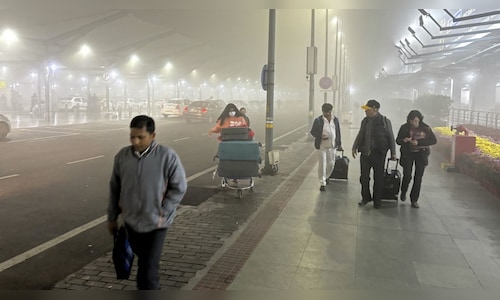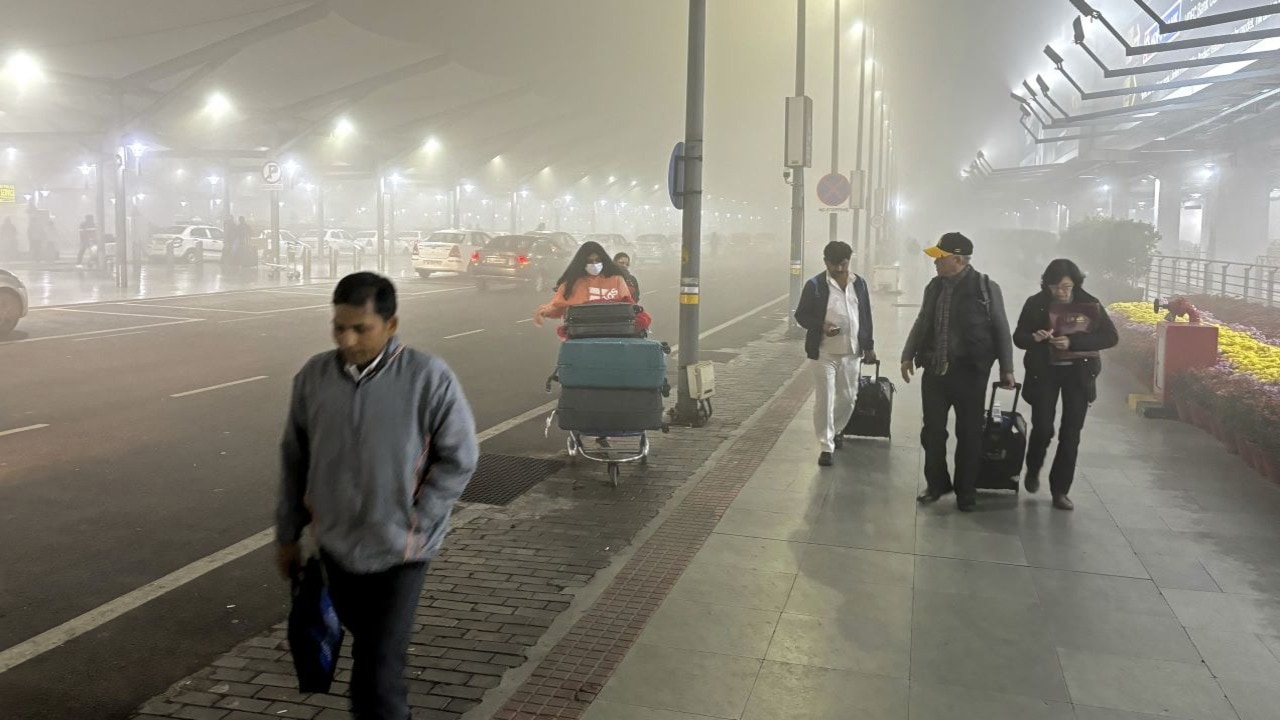

Among many instructions, the top advice by the ministry to airlines is to communicate with passengers better.
The ministry has urged airlines to communicate clearly and proactively with passengers about any potential delays or cancellations caused by fog-related visibility issues. The ministry believes this will help reduce passenger frustration and improve the overall travel experience during fog season.
The ministry has also instructed airlines to take prompt action if a delay exceeds three hours. In such cases, airlines will be expected to cancel the flight to avoid unnecessary hold-ups. Additionally, airlines have been reminded that passengers should not be confined to delayed aircraft for more than 90 minutes, ensuring that they are not subjected to extended periods of discomfort while waiting on board.
Also read: More planes, flights, airports to brighten Indian aviation in 2025 admist supply chain woes
As part of a broader strategy, the aviation ministry has stressed the importance of real-time coordination between various stakeholders, including Air Traffic Control (ATC), Airport Operations Control Centers (AOCC), the Central Air Traffic Flow Management (CATFM), and airline Operations Control Centers (OCCs). The aim is to improve responsiveness and decision-making during low-visibility events such as fog, ensuring a more streamlined and efficient approach.
To further enhance this coordination, the Ministry has urged airlines to sensitise their Operations Control Centers (OCCs) and war-room representatives to prioritise fog-related challenges. This initiative will ensure that all relevant parties are aligned and prepared for any operational adjustments required in real time.
With Delhi Airport being one of the busiest in the country and particularly susceptible to disruptions due to fog, several technological upgrades have been implemented to minimise delays and improve safety during low-visibility conditions. The airport has activated CAT III Instrument Landing Systems (ILS) on three runways, allowing aircraft to land safely even in very poor visibility conditions.
Moreover, the installation of LED screens at prominent locations throughout the airport will provide real-time updates to passengers on visibility conditions. This system will allow travellers to stay informed of significant weather changes and prepare for potential delays.
Also read: How December 2024 became a dark month for aviation
Additionally, the GMR-owned airport has scaled up its fleet of “Follow-Me” vehicles, which will guide and assist pilots on the apron and taxiway during low-visibility scenarios, ensuring that aircraft can navigate safely despite poor sightlines.
Recognising the importance of having the right personnel and equipment in place during dense fog, the Ministry said that the aviation regulator has ensured airlines deploy an adequate number of CAT II and CAT III-compliant crew and aircraft. These specialised aircraft and pilots are equipped to operate under lower visibility, ensuring that safety remains the top priority even in challenging conditions.
Furthermore, the India Meteorological Department (IMD), in collaboration with the Airports Authority of India (AAI), is working diligently to expedite the implementation of the Advanced Weather Observation System (AWOS) at Delhi Airport and other major fog-affected airports. This system will provide more accurate and timely weather information, helping to further mitigate the impact of fog on flight operations.
In addition to technological and operational enhancements, the Aviation Ministry has emphasised the importance of maintaining adequate staffing levels at airport check-in counters during peak hours to ensure passengers don’t wait in long queues.
Also read: Bharatiya Vayuyan Adhiniyam to be effective from January 1



